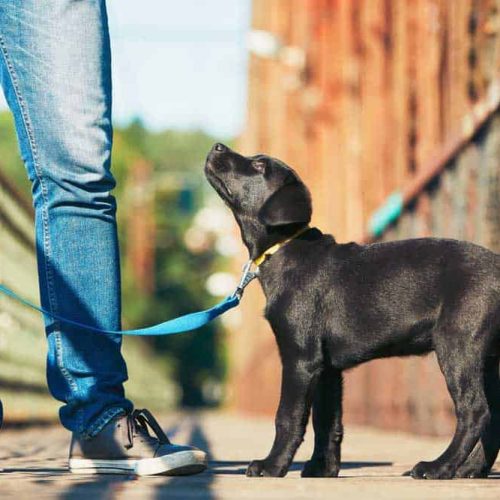Pulse of Information
Stay updated with the latest news and insights.
Teach Your Dog to Speak: A Howl of a Good Time!
Unleash fun with our guide to teaching your dog to speak! Discover tips and tricks for a howling good time together!
The Secrets to Successful Dog Training: Teaching Your Pup to Speak
Teaching your dog to speak is not just a fun party trick; it's also an essential command that can improve communication between you and your furry friend. The first step in successful dog training is to establish a positive environment. Begin by gathering some of your pup's favorite treats and use their natural barking instincts to your advantage. Every time your dog barks, say the command 'speak' in a cheerful tone and reward them immediately. This reinforcement helps your dog associate the command with the action of barking, setting the stage for effective learning.
Consistency is key when it comes to successful dog training. Practice the command several times a day in short, enjoyable sessions that keep your pup engaged. As your dog begins to respond reliably to the command, gradually reduce the frequency of treats until you reward them intermittently. This approach not only reinforces the behavior but also keeps your dog motivated. Remember, patience and positivity go a long way in dog training; if your furry companion struggles with the concept of speak, take a step back and try again later. With dedication, you will be amazed at how quickly your pup picks up this new skill!

5 Fun Activities to Encourage Your Dog to 'Talk'
Encouraging your dog to 'talk' can be a fun and rewarding experience for both of you. One effective way to initiate this is by using a clicker training method. Start by associating specific sounds or commands with a click from your clicker. For instance, when your dog barks on command, immediately click and reward them with a treat. This positive reinforcement will motivate your dog to experiment with vocalizations more frequently.
Another exciting activity is to teach your dog to respond to different sounds by making a variety of noises yourself. Play with sounds like ringing a bell, clapping your hands, or even mimicking animal noises. Each time your dog responds with a bark or a sound of their own, reward them! This not only enhances their desire to 'talk' but also makes for an interactive game that strengthens your bond.
Why Do Some Dogs Howl? Understanding Your Canine's Vocalizations
Howling is a natural and instinctual behavior in dogs, and understanding why they do it can help strengthen the bond between you and your canine companion. Dogs may howl for various reasons, including communication, instinct, or even to express discomfort. In the wild, canines use howling as a way to locate one another or to signal their presence. If your dog starts howling, it might be trying to communicate with you, expressing its feelings, or responding to sounds in the environment, such as sirens or other dogs.
Additionally, howling can sometimes indicate that your dog is experiencing distress or loneliness. For instance, when left alone for extended periods, dogs may howl as a way to cope with separation anxiety. Observing your dog's body language and the context in which it howls can provide valuable insights into its emotional state. If you find that your dog howls excessively, consider consulting a veterinarian or a professional dog trainer to address any underlying issues and promote a happier, more vocal pet.